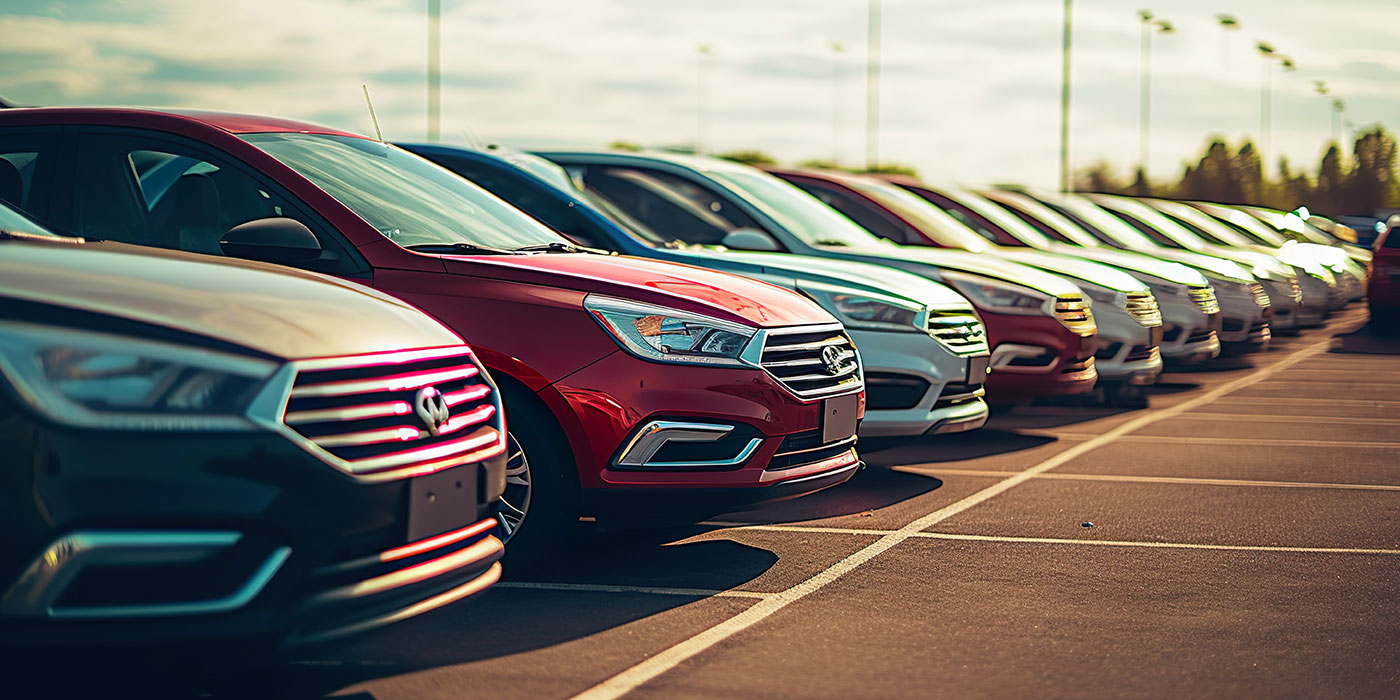Car buying has become a primarily online activity.
According to Cox Automotive’s Car Buyer Journey Report, customers spend just a third of their time at dealerships. The rest is devoted to online research, where customers will visit five different websites before making a decision. Only after careful research do car buyers proceed to a dealership to test drive and purchase.
The challenge, therefore, is to be found online. Dealerships might have the right inventory and prices, but if they can’t get traffic to their listings, they won’t get buyers onto their lot.
Online advertising is the answer, but most small and mid-size dealerships can’t justify the cost. What they don’t know is, there is a right way and a wrong way for small dealerships to advertise online.
And it’s expensive if you do it the wrong way.
The Benefit of Being Big
Large dealerships dominate advertising on third-party websites like Cars.com and Autotrader. They can afford the exorbitant costs of buying ad space there, which can run in the tens of thousands of dollars per month. Large dealers can blanket the internet with ads and drive large volumes of traffic to their site. Sure, they waste a lot of money on visitors who don’t buy from them, but with enough traffic, only a tiny fraction of visitors need to become customers to make the ads worthwhile. That’s the benefit of being big.
When small dealerships try the same spray and pray approach, they undoubtedly fail. If you can’t compete on budget, you have to use other tactics to get found online.
When They Go Big, You Go Small
Small dealers can’t afford to blanket the internet with ads, but anyone can afford to run a few highly targeted ads to the perfect customer. If you have $100, you can effectively advertise any vehicle online.
Here are five steps to developing a high-value advertising campaign. These principles are universal for any dealership regardless of size, but they’re especially powerful for smaller dealerships trying to compete with large companies.
1. What is your niche? Who is your audience?
Most dealerships already focus on specific vehicles. That’s called a niche. Maybe your niche is more broad, like trucks, European cars or used vehicles. Maybe it’s narrower: a specific brand, price point or customer segment.
Having a niche is important. It allows you to define your target audience or the people who are most likely to purchase a vehicle from you. Instead of advertising to any car buyer, we want to focus on advertising to this niche.
But, how do we find these people on the internet? And how do we show them our ads?
2. Ad targeting
Ad targeting means creating rules or criteria about who should see your ad, when they should see it and on what platform. Using the tools available on ad platforms, you can target your specific niche so only they see your ads.
Targeting saves you money by showing your ads only to those people who are most likely to purchase from you (i.e. your target audience). Your conversion rates will be higher, which means more people are clicking on your ads. This, in turn, gives you a better chance to make a sale.
For small and mid-size dealers, the secret to online advertising is quality not quantity. You want each ad to make a big impact, and that starts with ad targeting.
3. Choose the right platform
Advertising platforms vary widely on cost, features and targeting ability. Choosing the right one is often the most difficult step.
• Third-Party Car Websites
Third-party websites — like Cars.com, Autotrader and CarGurus — are the most popular platform for dealer ads. They get the lion’s share of car search traffic and are often the first place buyers look.
But because of this, they are also the most expensive platforms. Only large dealerships can afford to advertise effectively on these sites. Every ad is in competition with thousands of other car ads, putting a premium on ad spots at the top of each page.
• Google Ads
Google Ads (formerly AdWords) lets you run ads on Google searches. Advertisers target the keywords relevant to their product and their ads are shown on the results pages.
Google Ads can be affordable or extremely expensive. Broad terms like “used cars” get hundreds of thousands of searches every month, but the cost is prohibitive for most small dealers. Plus, this keyword attracts a wide audience, most of whom will not be interested in your vehicle anyway.
Specific terms like “Honda HR-V 2016 Atlanta” are less expensive and more effective for a small dealer. This type of Google search shows buyer intent, which means the person has done their research and they are looking to purchase. This is the perfect time to show them your ad and get them to your website.
• Social Media
Like Google Ads, advertising on social media can either be cost-effective or expensive. Instead of keywords, though, sites like was Facebook group audiences based on their interests. You can choose a broad or niche audience, which will determine the cost and impact of your ads.
• Display Network
Display networks partner with websites and online publishers to deliver banner ads to visitors based on their search history and interests.
When you target a specific audience, the display network will show them the ads when they visit a website that is part of the network. For example, your audience could see your ad for a used Honda CR-V on USA Today, DrivingSales.com and Lifehacker.com.
Display network ads are among the most affordable and effective. The ad space itself is inexpensive, and your ads don’t have to compete with hundreds of others. Since they are based on search history and interests, you know you’re targeting a high-quality audience.
4. Ad content
The content of your ad has a monumental impact on its success. The right targeting is only half the battle. We’ve grown so used to seeing ads everywhere, our minds have become very effective at ignoring them.
In order to win visitors, your ads need to be creative and provoke them to action. If you’re not using the right language, or your ad is not visually appealing, chances are visitors will not click on your ad.
Creating compelling ads is tough work. If you don’t have experience, you are probably better off seeking the help of a marketing professional. But even pros aren’t perfect, which leads us to our final step.
5. A/B testing
A/B testing is a method to gauge the performance of an ad before you spend too much money on it. Create two different versions of the same ad and run a limited campaign for each while measuring their effectiveness. Then choose the top-performing ad to run a larger campaign. Repeat this process over time to refine your ads.
A/B testing helps advertisers ensure they are running effective ads that generate high-quality leads and, eventually, sales. It’s truly an invaluable tool.
It’s hard and scary, but you’re not alone. Online advertising can be a full-time job on its own (in fact, it is!). It’s only normal to feel overwhelmed by the amount of work and choices involved.
Large dealerships make it hard to get to the premium ad space on a small budget. And if you’re not in the premium ad spot, it’s easy to get lost in all the noise. However, by targeting your niche audience with engaging ads on the right platform, even small dealers can compete with the big players.
Take your time, get it right and watch your sales soar.













